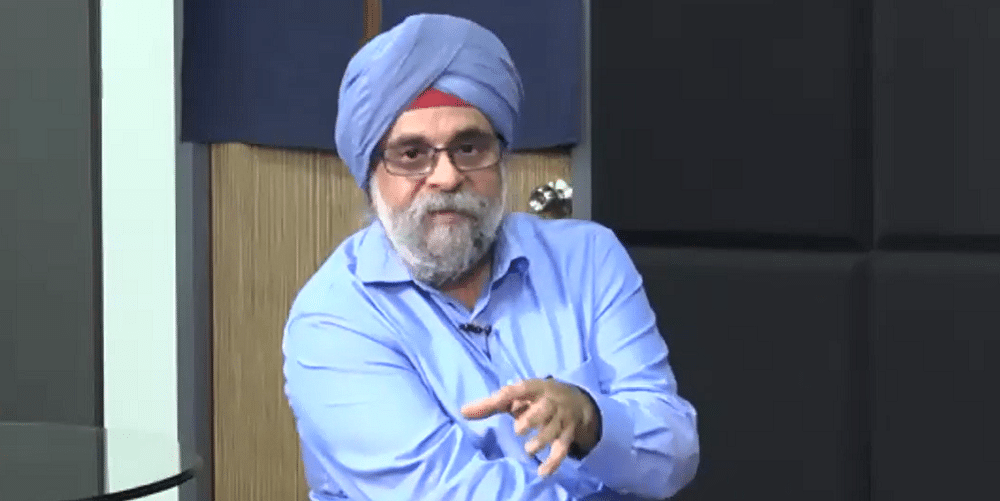By The Economist Intelligence Unit (EIU)
Singapore retains its title as the world’s most expensive city for a third year in a row, but its lead over the next two cities in the ranking has nearly evaporated. Zurich and Hong Kong follow closely in joint second place, with Hong Kong climbing seven places up the ranking in the last 12 months. London, New York and Los Angeles also move up the ranking to 6th, 7th and 8th place, respectively, displacing Sydney, Melbourne and Oslo from the ten most expensive cities. New York and Los Angeles move up the ranking because of currency headwinds rather than significant local price rises. In fact, the opposite may be true.
With the falling cost of oil and a strong US dollar pushing down prices, local inflation has been relatively low across the US. Despite this, New York is in its highest global position since 2002 and has risen by some 42 places up the cost of living ranking since 2011, when it was barely among the 50 most expensive cities, let alone the top ten. The stronger US dollar and weaker euro has pushed euro zone cities further down the ranking, especially as weak consumer sentiment and depressed commodity prices have undermined inflation in terms of both supply and demand.
The Australian and New Zealand dollars have also weakened significantly from highs of two years ago, making cities in Australasia more affordable to global travellers. The unpegging of the Swiss franc from the euro, coupled with structurally high income and price levels, means that Zurich and Geneva will continue to vie for the unenviable title of Europe’s most expensive city. Neither city has suffered from Eurozone austerity or economic fallout from falling oil prices to the degree of their EU or Norwegian peers. Global prices have been depressed by commodity oversupply, especially oil.
Meanwhile, bearish sentiment in China, Latin America and Europe have weighed on demand-side inflation. This has been compounded by a rise in retail competition from online or discount channels, which has had a further impact on prices. As a result, inflation has slowed across many cities, with deflation becoming increasingly prominent during the course of 2015.
Given that the ranking uses New York as base city, most cities have also become relatively cheaper. Five years ago the average cost of living index of all the cities surveyed was 87.8% (with New York as 100). Last year this was 79.7%. In the last 12 months it has fallen to just 71.5%. Despite topping the ranking, Singapore still offers relative value in some categories, especially compared with its regional peers. For general basic groceries, Singapore offers the same value as New York. This compares with Seoul, which is 33% more expensive, Tokyo (26%) and Hong Kong (28%), implying that value for money can be found by those who seek it.
However, Singapore remains consistently expensive in other categories. It is the most expensive place in the world to buy and run a car, thanks to Singapore’s complex Certificate of Entitlement system. Transport costs in Singapore are 2.7 times higher than in New York. Alongside Seoul, Singapore is also a very expensive city in which to buy clothes and pay for utility costs.

Editor’s note – Singaporeans might want to note that Singapore is not just a city to us, it is a country and people have no sub-urban areas to move to. And bear in mind, this is does not even in consideration of the earning power of the citizens.
Methodology of the report
More than 50,000 individual prices are collected in each survey, conducted each March and September and published in June and December. Economist Intelligence Unit researchers survey a range of stores: supermarkets, mid-priced stores and higher-priced speciality outlets. Prices reflect costs for more than 160 items in each city. These are not recommended retail prices or manufacturers’ costs; they are what the paying customer is charged. Prices gathered are then converted into a central currency (US dollars) using the prevailing exchange rate and weighted in order to achieve comparative indices. The cost-of-living index uses an identical set of weights that is internationally based and not geared toward the spending pattern of any specific nationality. Items are individually weighted across a range of categories and a comparative index is produced using the relative difference by weighted item. For more information on the Worldwide Cost of Living Survey http://www.worldwidecostofliving.com
Subscribe
Login
0 Comments








